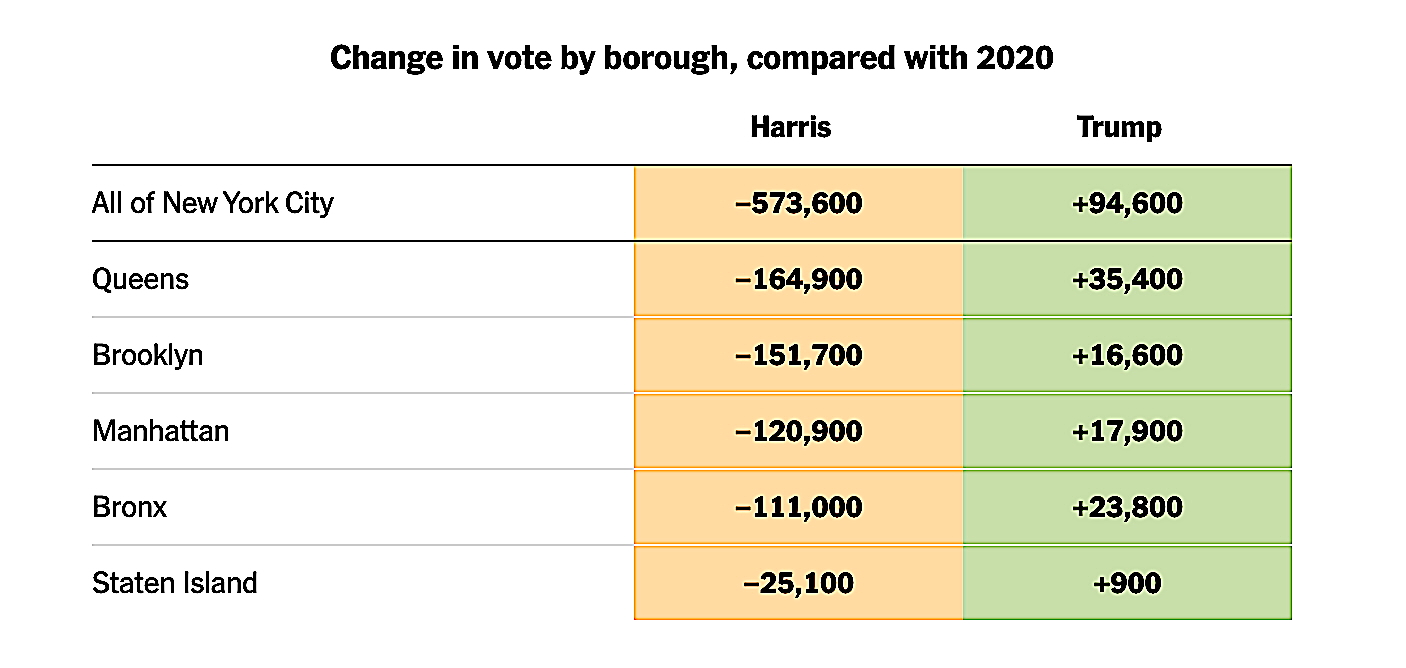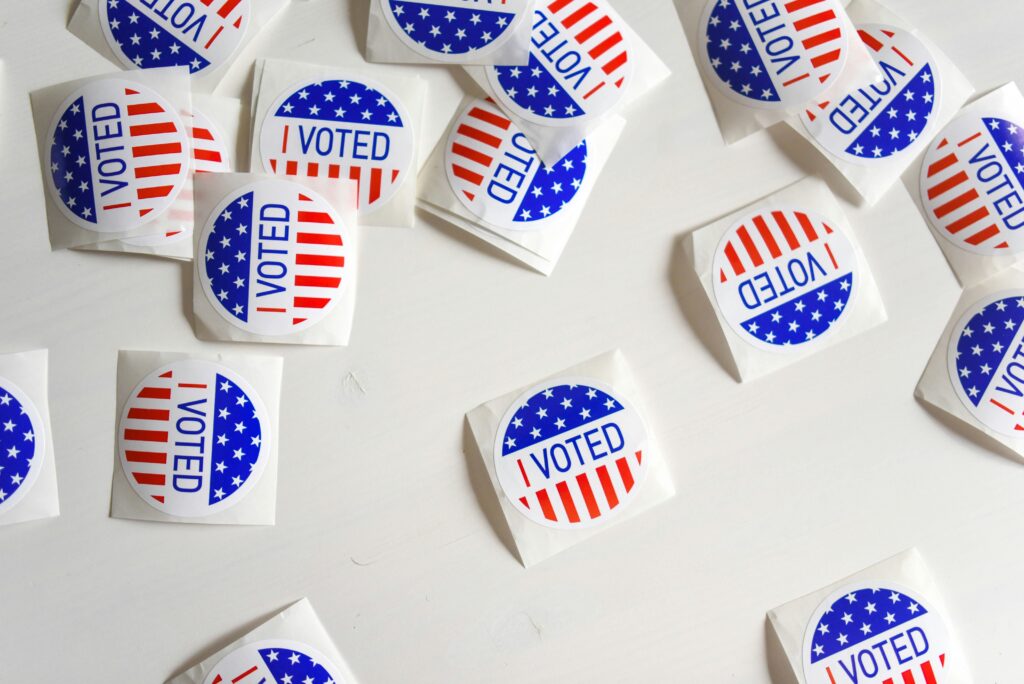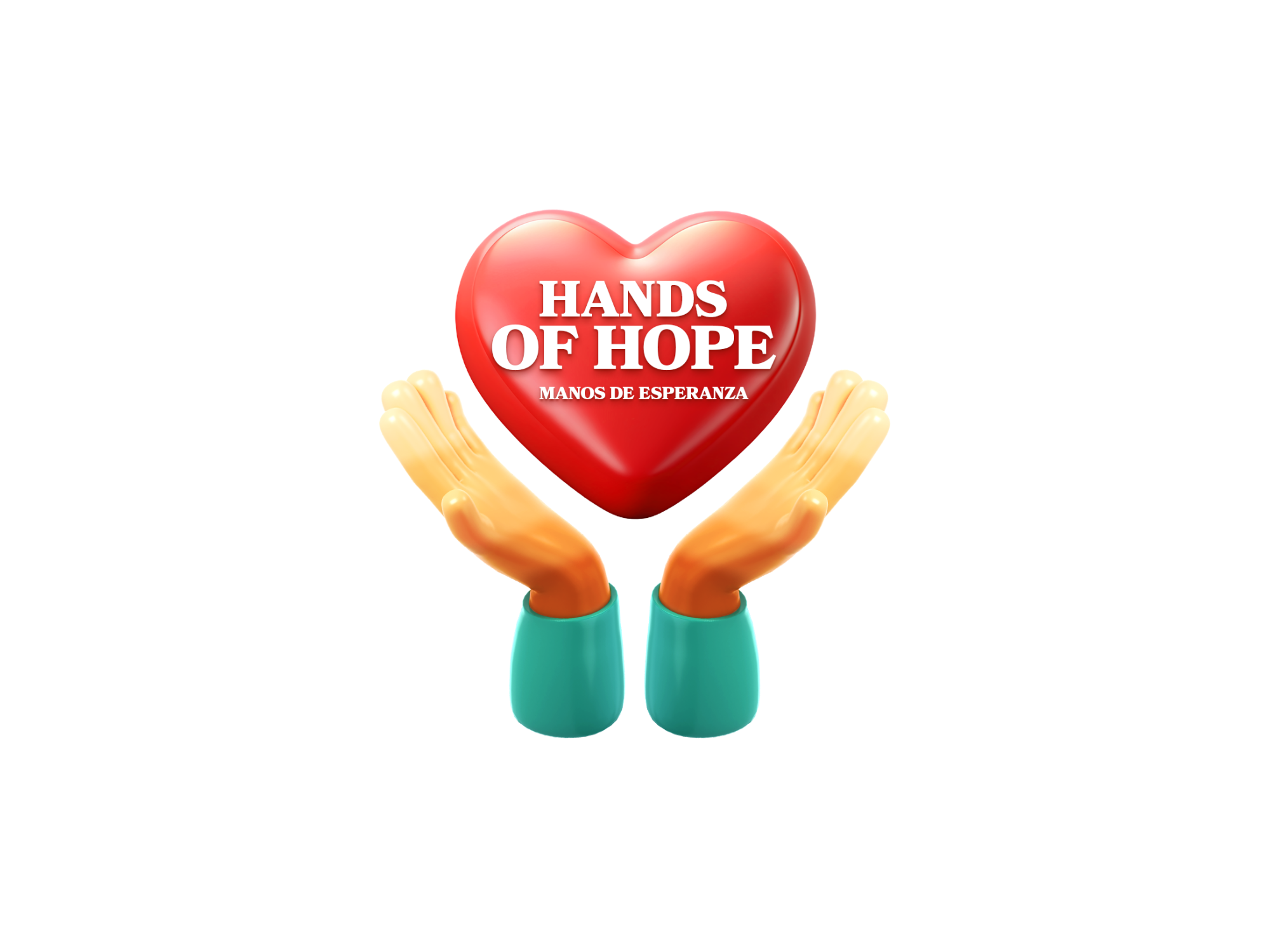(NEW YORK) — In the aftermath of the presidential election, many people have been wondering and theorizing about why the Democratic Party lost. Was Kamala a weak candidate? Was it Joe Biden’s fault? Was Trump a particularly strong candidate?
These questions are well founded – this election marked a shift in various voting blocs across the country. According to AP News, “About three in 10 Black men under age 45 went for Trump, roughly double the share he got in 2020. Young Latinos, particularly young Latino men, also were more open to Trump than in 2020. Roughly half of young Latino men voted for Harris, compared with about six in 10 who went for Biden.”
There were also surprising trends in New York this election cycle — notably, Democrats had lower voter turnout, with Kamala Harris receiving approximately 900,000 fewer votes in the state than Joe Biden did in 2020, according to New York Focus.
The Click spoke with activists and people working in politics across New York City to gain an understanding of how local Democrats and progressives are feeling post-election and to get their take on where the city’s Democratic Party goes from here.
“Obviously the results were devastating, I thought we were going to win … but it was always a 50/50, the polls showed it was going to be tight, and even [though] the polls were off, it was still within the margin of error,” said Carlos Calzadilla-Palacio, district director for New York State Senator Andrew Gounardes and president of the Brooklyn Young Democrats.
“Donald Trump has less than 50% of the vote right now, he might have won the popular vote, which is terrible that we lost the popular vote for the first time in 20 years, however it was still a very tight election, and I think people shouldn’t give Trump more power and credit than he should [get].”
Although Kamala Harris decidedly won the vote in New York (with 56.4% of the vote, according to AP News) Trump made notable gains across the state this election, including in New York City. Trump won 30% of the vote in New York City, which is seven points higher than his performance in 2020, and a higher percentage of the vote than any Republican candidate has received in the city since 1988, according to the New York Times.

A New York Times infographic showing the change in presidential voting patterns in New York City by borough from 2020 to 2024 [Credit: The New York Times]
“While New York voted for Trump in higher numbers than it ever has, we flipped four congressional seats blue,” said Ellyn Canfield, previous director of events for the Mayor’s Office of Citywide Events in NYC under Bill de Blasio. Canfield was also community chair for Queers for Kamala, a grassroots group aimed at electing Kamala Harris to the presidency.
“I think the real focus will be the midterm elections—midterm elections after a presidential election often go the other way, and I think if inflation is going to continue and potentially get a lot worse …it’s a real opportunity to hopefully turn things around so that we don’t have a party that has complete control of all three houses, I think that’s kind of the crazy part right now.”
Other victories for Democrats in New York State this election year include the passage of Proposal 1, a ballot initiative that adds reproductive rights protections and more to the state constitution.
An ideological shift on the horizon?
There have also been ideological debates post-election, with some progressives arguing that the Democratic party needs to shift to the left in order to win future elections, while others think the Democrats should be a more centrist party.
“I don’t think we need to be a progressive party, I don’t think we need to be a moderate party. We need to be the party of common sense,” said Andrew Alfonso, Communications Director of the Manhattan Young Democrats. “I think we got really dragged down not even in this election specifically, but in 2020 we got dragged down by identity politics and getting into battles that didn’t resonate with voters. It’s the economy, the economy, the economy. Voters felt like they had better more money under Trump, and that was reflected in the gains he made. [ . . . ] I think we really lost the plot with working Americans, and I think we’re paying the price for that across the board.”
Another common sentiment is that neither political party is responding to the true needs of the average American.
“When you poll progressive issues across the country, the overwhelming majority of Americans agree about many class-based issues,” said Ryan Acquaotta, Campaigns Coordinator for Freedom Agenda, a NYC-based project dedicated to fighting mass incarceration. “They want higher salaries, they want affordable housing, they want healthcare that actually meets their needs. Everybody wants these things and neither party will give it to us because they’re both beholden to the hospitals, pharmaceuticals companies … and so the answer is that a party has to fight back against that, and if a party can promise to actually improve the material conditions of people’s lives, they will win elections.”
Looking to the future
So with a second Trump administration looming, how does the Democratic Party generate enthusiasm from voters in future elections, and how does it avoid repeating past mistakes?
“I think not taking advantage of minority voters that historically voted for us, as we saw Asian and Hispanic communities shifted to the right this election, it’s because we took them for granted — I’m saying this as a Hispanic —we really just said, ‘Oh these people vote for us and we don’t need to serve them,’ and I think we paid the price for that, we need to actually go to these communities and listen to what they’re saying and listen to their concerns,” Alfonso said.
Others are thinking about how another Trump presidency may mobilize Democrats and progressives to organize and get involved, similar to when Trump was first elected in 2016.
“Just because the White House is controlled by somebody like Trump doesn’t inherently mean that the ground isn’t fertile —Trump’s initial election shocked and energized a lot of people and the progressive leftist movement got very strong in New York,” Acquaotta said. “We turned over the state legislature in 2018 and in 2020 we passed lots of incredible bills, so it’s possible that a similar dynamic will happen, that a sort of general resistance will materialize.”
Another way people are looking to make a difference is by supporting mutual aid groups in their community.
“I’ve been involved in a food pantry in my neighborhood, and I’m just putting more time towards that. I feel a little discouraged right now about electoral politics. I think there are just a lot of people struggling right now … if SNAP [Supplemental Nutrition Assistance Program] benefits get cut and EBT [ Electronic Benefits Transfer], there are going to be a lot of people who aren’t going to have their basic necessities. So that’s where I’m like, “Okay, we have to make sure that other support structures are in place,” because I think there’s going to be a lot of need, and potentially fewer resources,” said Canfield.
Above all else, one recurring theme is for the Democrats to prioritize governing in a way that has a demonstrated positive impact on people’s lives.
“A big lesson that the progressives have taken in New York City, and really what is the antidote, is delivering,” said Zara Nasir, executive director of the People’s Plan NYC, a coalition that uses grassroots advocacy to build political power for low-income New Yorkers of color. “We need to deliver material wins for people, that actually affects their pocketbooks, that actually affects their day-to-day lives. And that is what is the path to countering the disaffection, the anger, hatred, in many circumstances towards other people, because people will blame the people that are most accessible to them and the people they have power over.”
“The people who are in power are the people who need to feel the pressure. I think often times they are so successful at blaming others that they run away with the bag and we are left blaming each other,” said Nasir.


